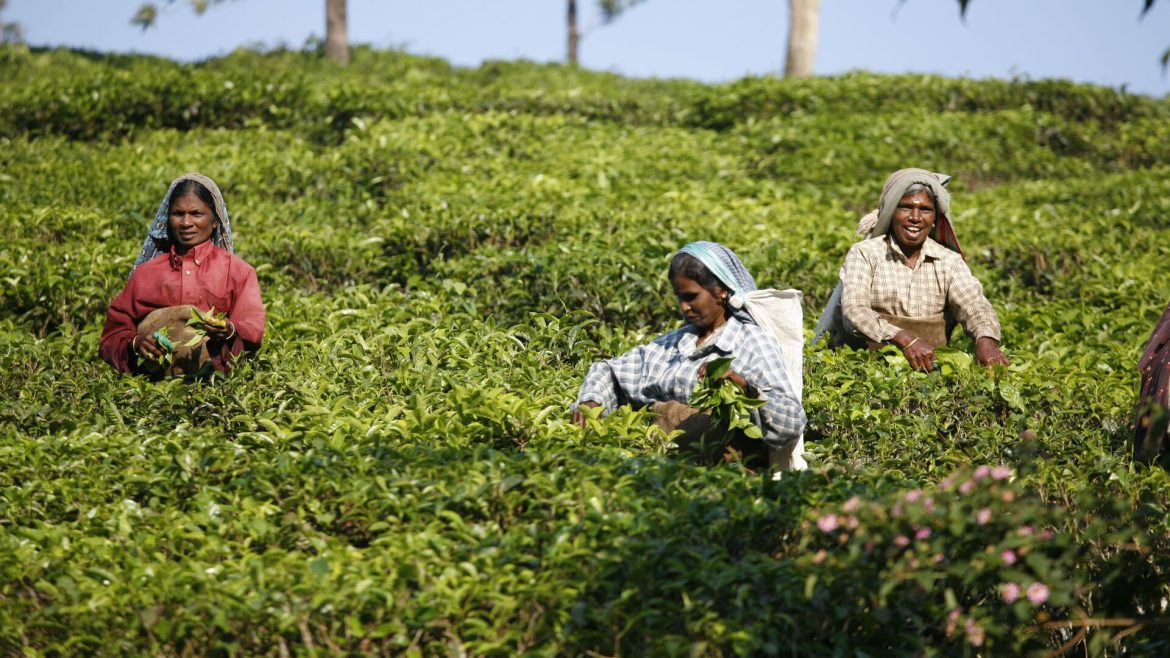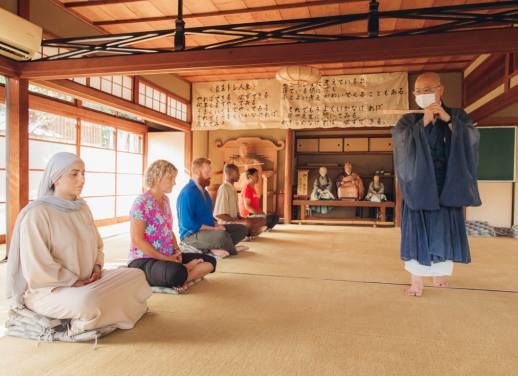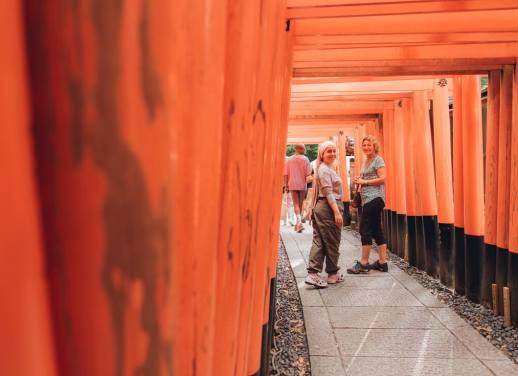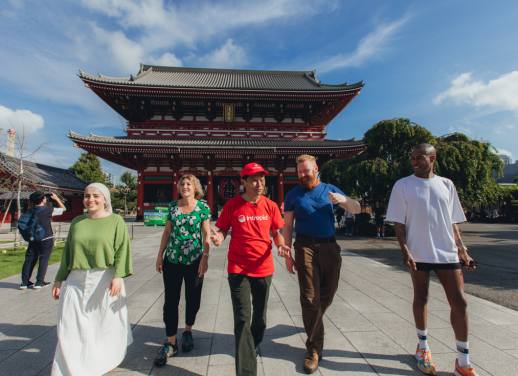What do chilly afternoons, catching up with a friend and getting stuck into a good book have in common? Answer: they’re all made better with tea.
In fact, there’s rarely an occasion that doesn’t go hand in hand with a cuppa. But tea isn’t just a beverage; it’s a universal language that transcends borders and connects people across cultures. From spicy chai in India to matcha ceremonies in Japan, tea has been shaping traditions, routines and social interactions around the world for centuries.
When you travel, the somewhat ordinary act of sharing tea with the locals may even turn out to be a highlight of your trip.
So, stick the kettle on and get cosy while we travel around the world, one cuppa at a time.
1. Masala chai, India
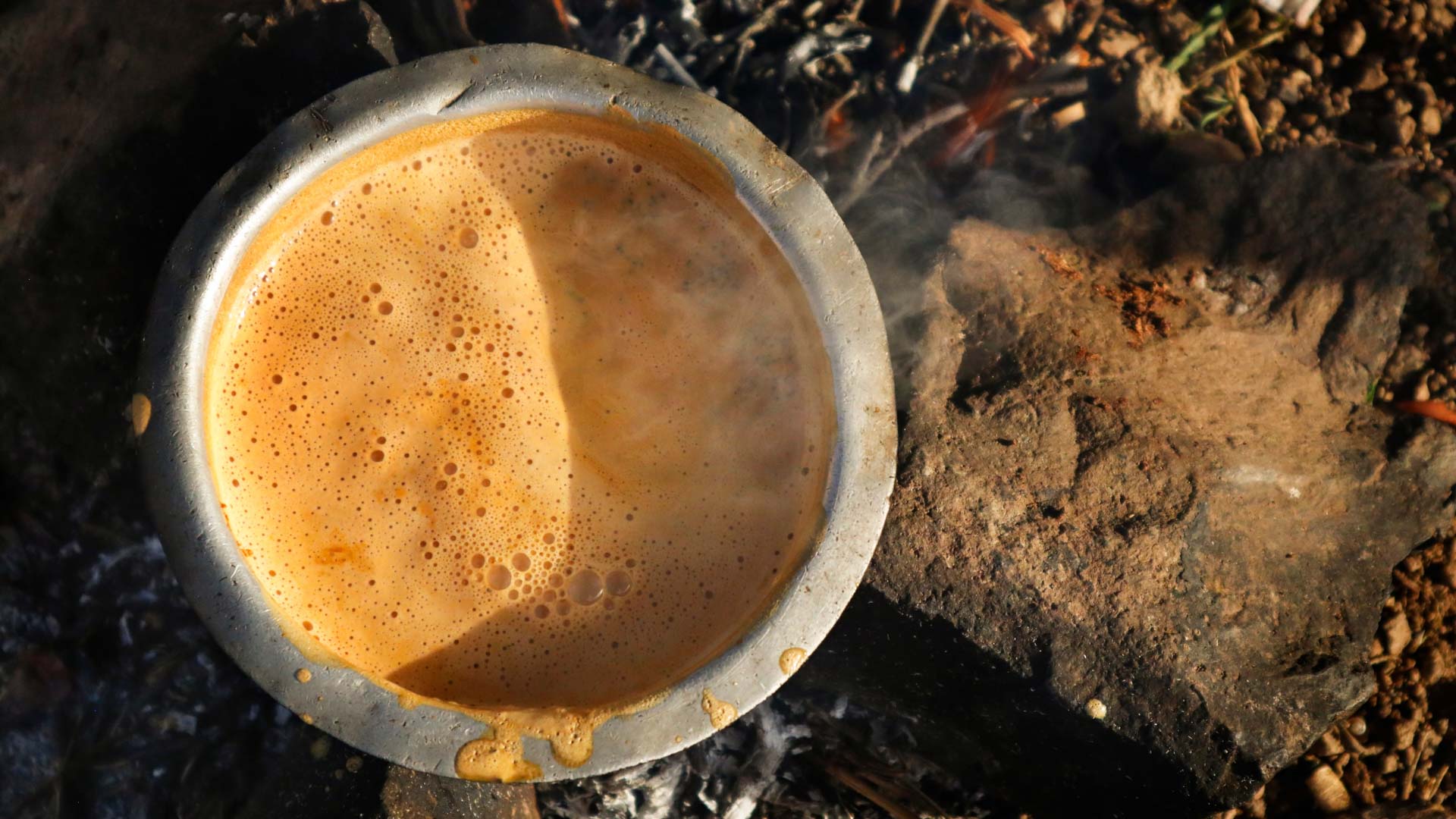
India’s national drink is a brew of black tea, warming spices, milk and sugar. Every chai wallah (tea maker) has their own recipe, but it typically includes cardamom, cloves, nutmeg, ginger, cinnamon and black pepper. According to Ayurveda, an ancient health system from the Indian subcontinent, chai supports all three doshas (energies within the body) and enhances digestion, among other benefits.
Travelling in India can be chaotic. Rickshaws, cows, dogs and pedestrians weave through the streets simultaneously, and there’s an ever-present soundtrack of cars honking, market vendors spruiking their produce, and speakers blaring prayers from temples and mosques.
You never really know what you’ll stumble upon as you turn a street corner, but chai stalls are a constant amid the chaos. They’re also social hubs – a meeting place for people from all walks of life. Several people usually gather at once as the chai wallah works their magic over a big pot. When it’s ready, they pour the mixture repetitively between two jugs from an impressive height to froth and cool the tea.
Try authentic chai, chapatis and chaat on Intrepid’s India Real Food Adventure
2. Afternoon tea, Great Britain
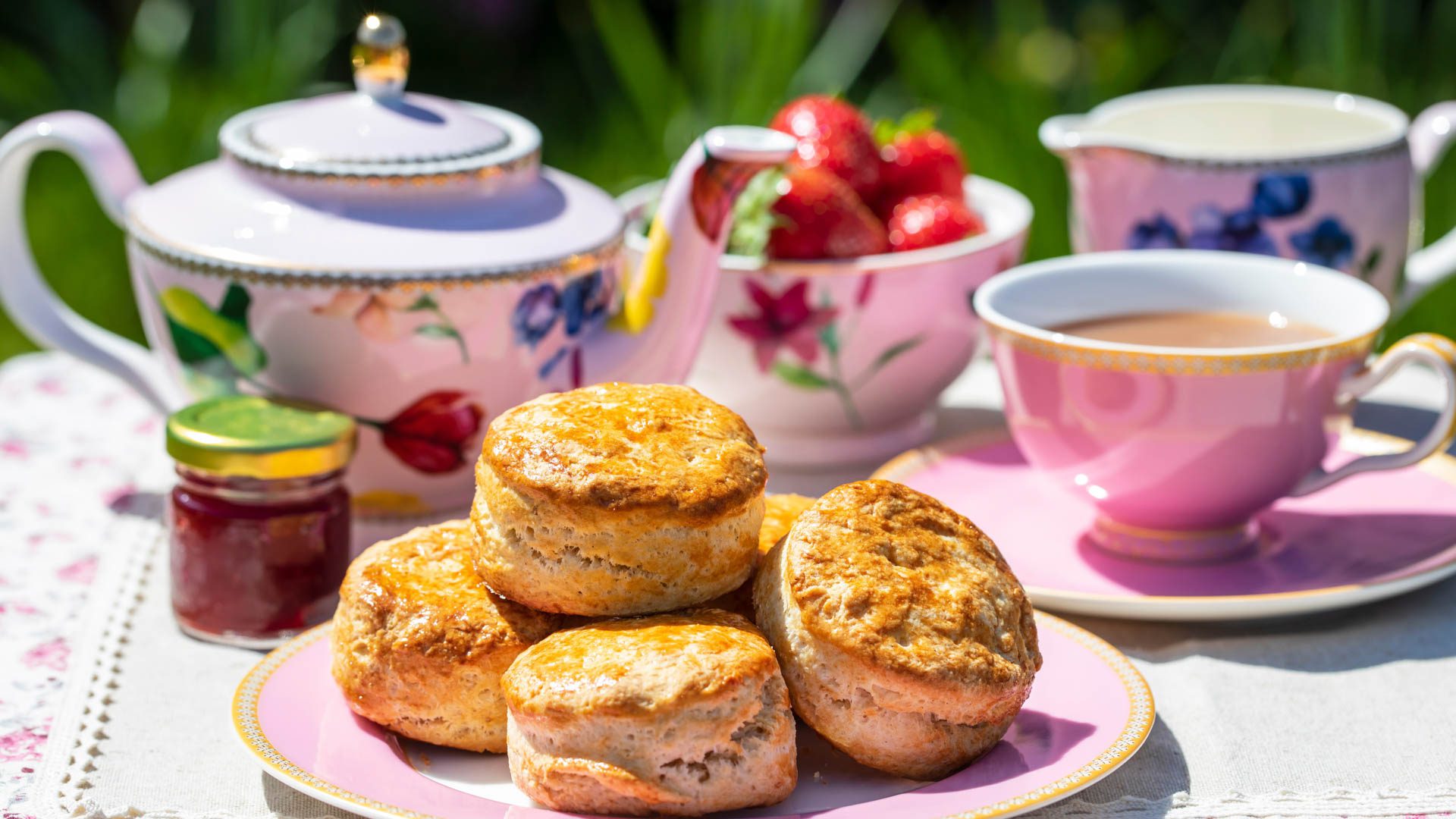
The British institution of afternoon tea was established in 1840 by the Dutchess of Bedford, the Lady in Waiting to Queen Victoria. Dinner in the Bedford household was served fashionably late, so the Dutchess would request a tray of tea, cake, and bread and butter in the late afternoon to curb her hunger. She then invited friends to join her, and it wasn’t too long before the trend caught on across London.
The long robes, gloves and fancy hats may be a thing of the past, but afternoon tea has become a timeless tradition to keep the afternoon hunger at bay. Picture dainty cups and saucers, a piping pot of English breakfast tea, and tiered trays of cakes, scones and crustless sandwiches. Many hotels, cafes, restaurants and even shopping centres offer afternoon tea experiences across Britain.
Experience British traditions on Intrepid’s Best of Britain trip
3. Mint tea, Morocco
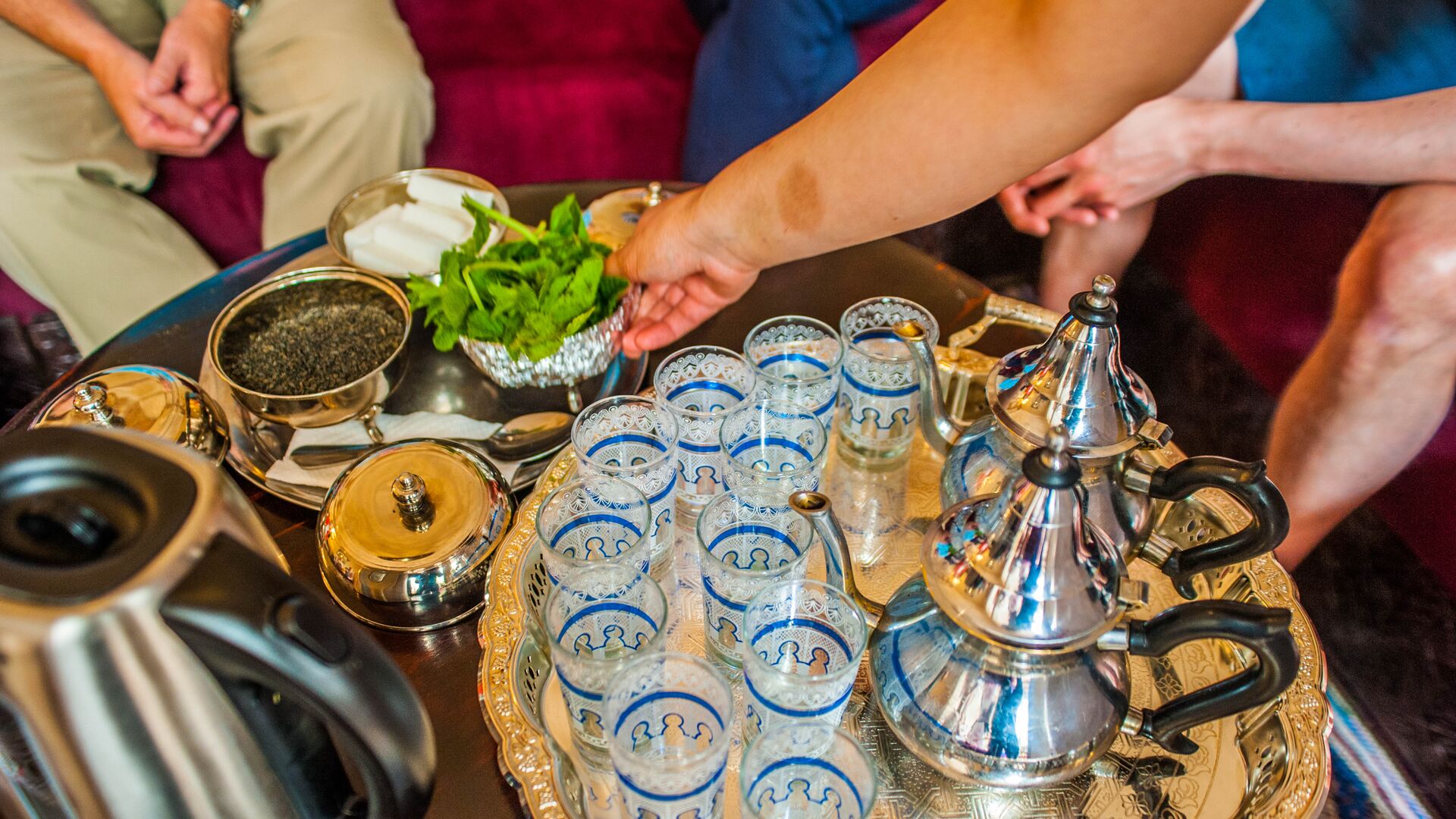
From the maze-like streets of Marrakech to the imposing peaks of the Atlas Mountains, mint tea is at the heart of Moroccan culture. Wherever you go – whether it’s a hotel, hammam or market stall – you’ll be offered a steaming glass of this sweet brew as a gesture of hospitality. In traditional households, it’s prepared by the eldest man.
Moroccan mint tea is made with, you guessed it, fresh mint leaves, Chinese gunpowder green tea and sugar in a traditional teapot. It’s served from standing height into small glasses in front of guests, and if the elaborate pour doesn’t raise your eyebrows, the amount of sugar added certainly will!
Enjoy mint tea with a local Amazigh family in their home on Intrepid’s Best of Morocco trip
4. Chado, Japan
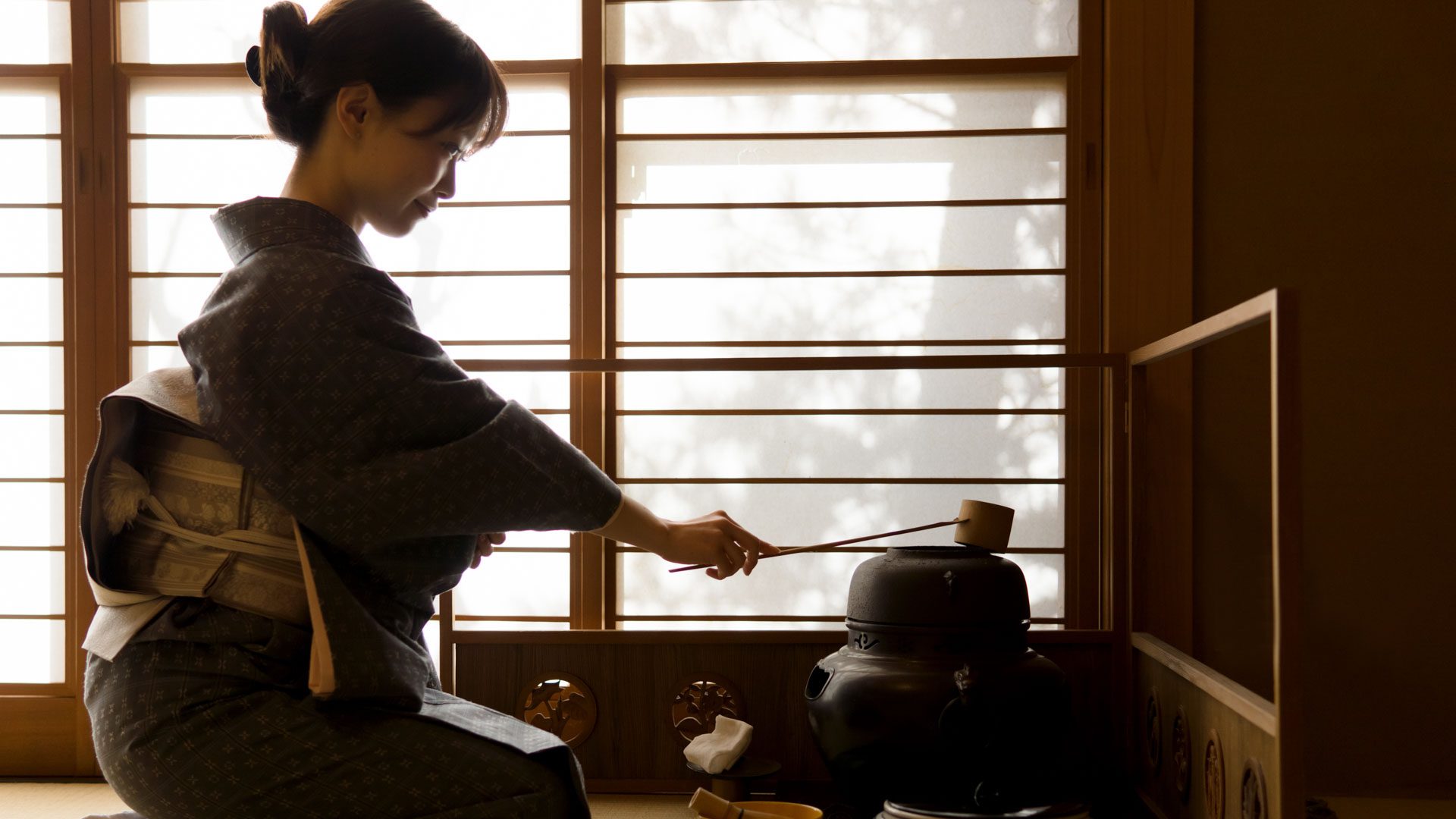
Chado translates to ‘the way of tea’. This ceremonial practice of preparing and serving matcha (powdered green tea) is rooted in omotenashi, the Japanese philosophy of providing wholehearted hospitality without expecting anything in return.
The ceremony takes place in silence in a purpose-built tearoom with a low ceiling and tatami floor. It’s led by a tea master, and although grounded in simplicity, each step is executed with immaculate precision. Every detail – from the decor to the tea ware – is chosen deliberately to create harmony and balance.
The art of chado invites you to quieten the mind and tune into your senses. Watch the tea master delicately pour the water, see the steam curl in the air and listen to the gentle clinking of utensils against the cups.
Experience the serene world of Japanese tea culture on Intrepid’s Japan Real Food Adventure
5. Gongfu cha, China
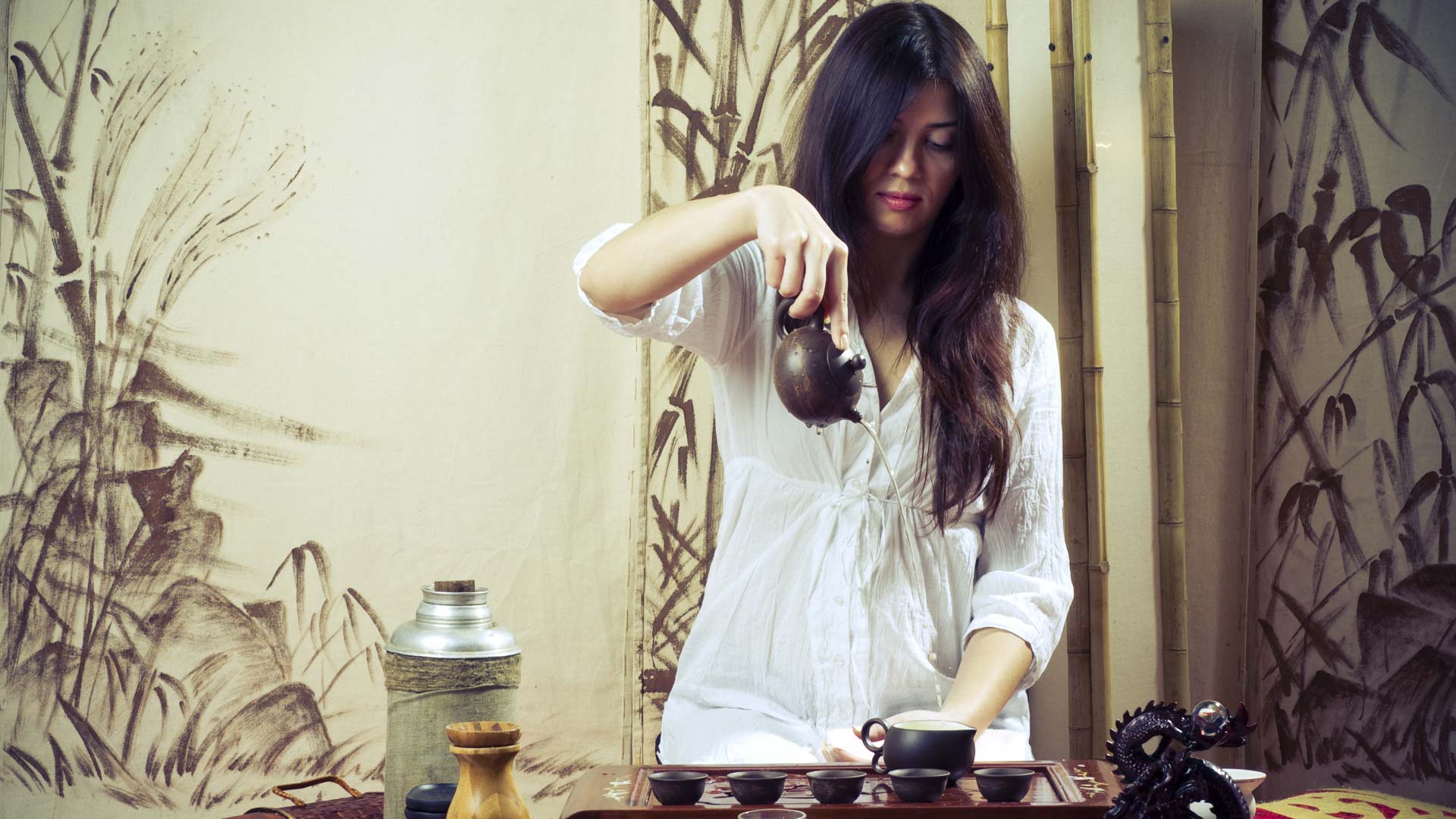
Gongfu cha literally means ‘to make tea with skill’, which is a pretty apt name considering China is widely regarded as the birthplace of the beverage. Legend has it that tea was discovered by Emperor Shennong in 2737 BC. His servant was bringing him a cup of hot water when a leaf fell into it from a tree and went unnoticed. Shennong drank the tea and was struck by its refreshing taste. As they say, the rest is history.
The traditional way of preparing it involves brewing tea leaves in a small Yixing clay teapot which is said to balance the taste. It’s then strained into a pitcher and poured into tiny cups.
Visit a tea farm on Intrepid’s China Experience
6. Mate, Argentina
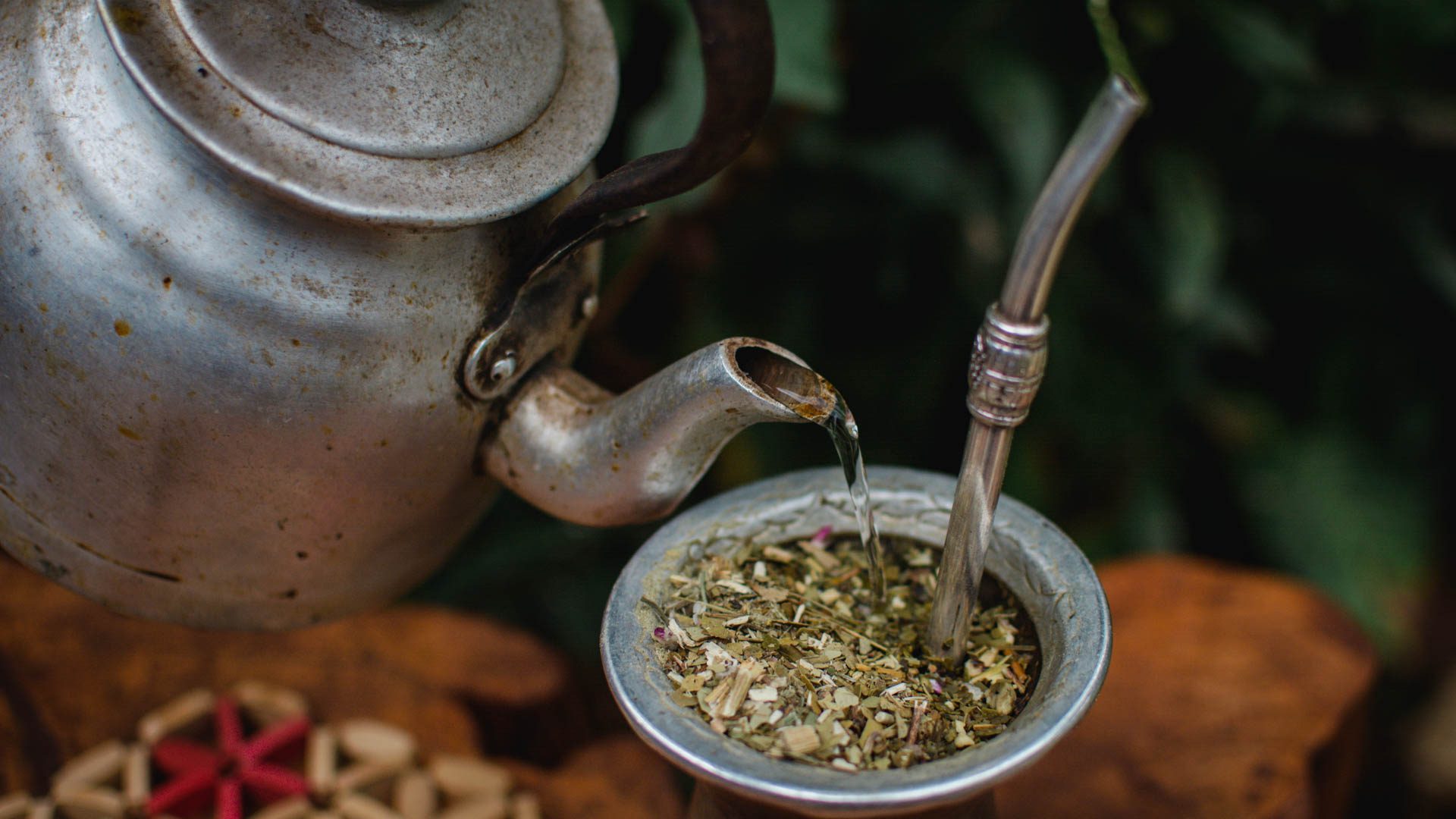
Yerba mate is a caffeinated herbal beverage made from dried yerba leaves that have a distinct earthy and bitter taste. It’s popular across South America, especially in Argentina, Paraguay and Brazil. The Argentinean way of preparing it involves filling a hollowed-out gourd with mate leaves and hot water. It has a special metal straw called a bombilla which strains the leaves.
Mate has long been used by Indigenous peoples in South America for its rich antioxidant profile, health-promoting properties and caffeinating effects – but it’s also a way to foster connection. Sitting and sharing a mate with loved ones is the ultimate Argentinean social activity.
Experience the colours and cultures of Argentina, Uruguay and Brazil
7. Çay, Turkey
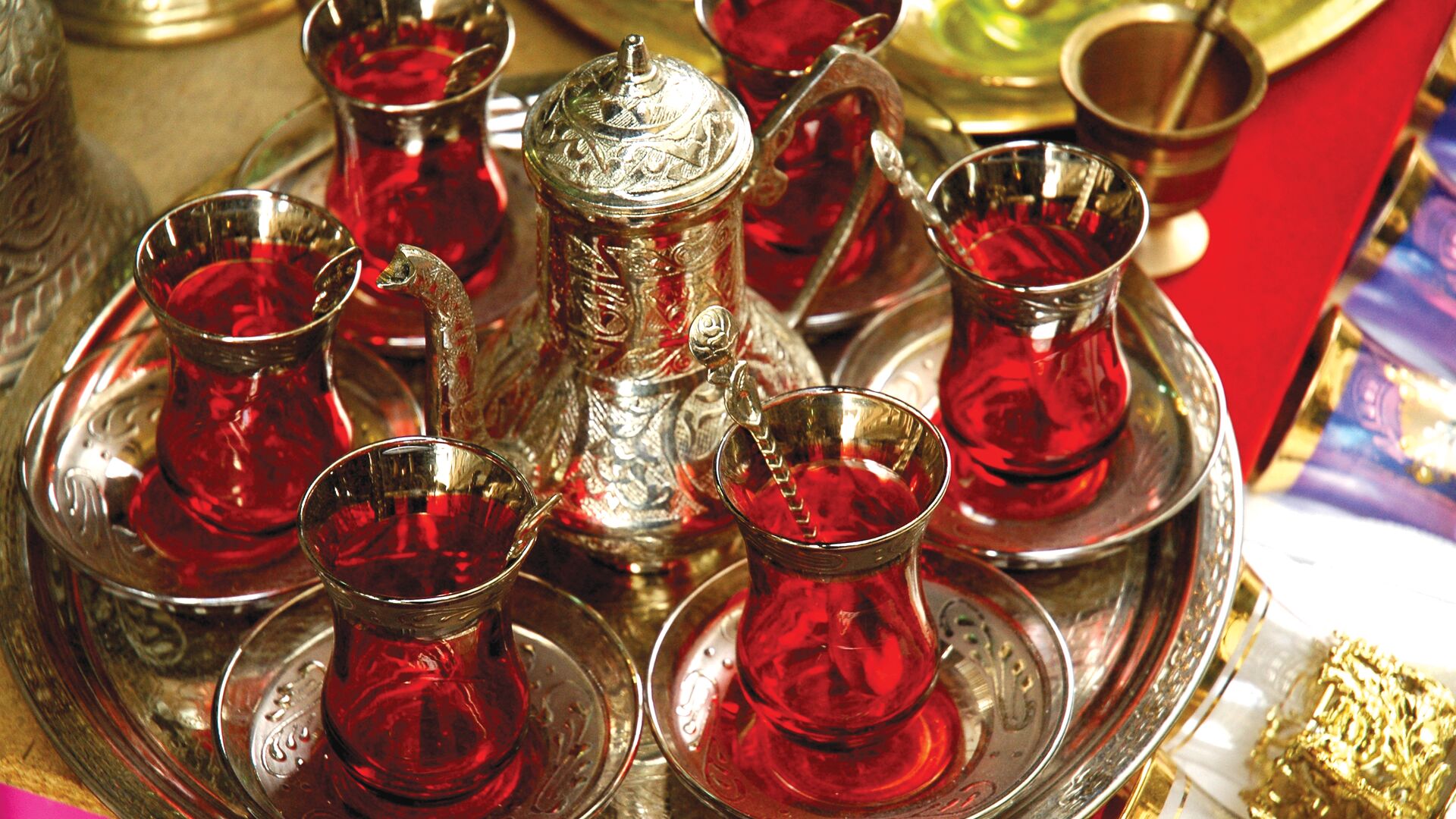
Turkish coffee might get all the attention, but you’ll soon realise the Turks love tea, known locally as ‘çay’. From the busy bazaars of Istanbul to the sleepy villages of Cappadocia, you’ll see locals sipping from tulip-shaped glasses in every corner of the country. Whether deep in conversation or locked into a game of backgammon, çay will always be there.
Çay is a robust black tea grown on the picturesque Black Sea coast. It’s brewed in a unique two-tiered kettle called a çaydanlık. The leaves steep in the upper pot while the water boils below, allowing the tea to be diluted to the desired strength. It’s usually drunk without milk and sweetened with sugar cubes. For folks who prefer caffeine-free beverages, apple tea is also a popular drink, especially after dinner.
If a friendly face waves at you while you’re exploring the bazaars, there’s a good chance they’re inviting you in for a glass of çay. It’s as much about connecting with people and sharing stories as it is about quenching your thirst.
Feast on homemade borek in a local’s home on Intrepid’s Turkey Women’s Expedition

